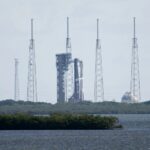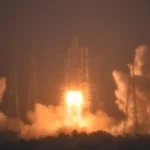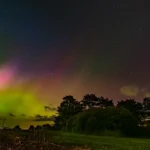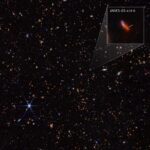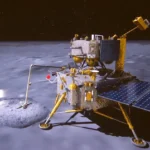The James Webb Space Telescope has recently identified a supernova that occurred a mere 1.8 billion years following the birth of the universe, along with 80 other supernovae from the early cosmic era. These ancient celestial explosions hold profound promise for unraveling the mysteries surrounding the evolution of our universe.
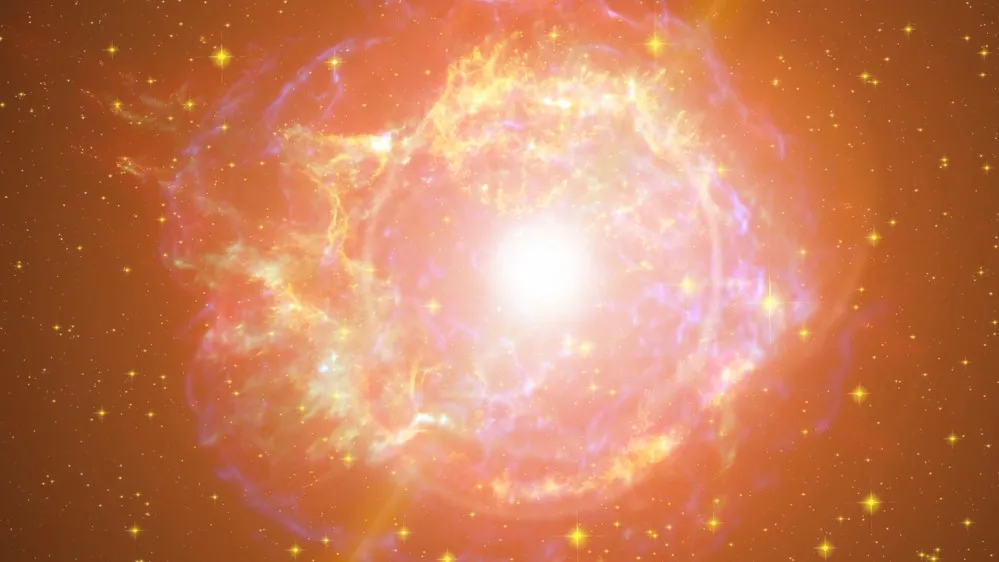
The telescope’s remarkable discovery includes the identification of the oldest and most distant supernova ever observed. This stellar event occurred when the universe was a mere 1.8 billion years old.
Located within a tiny section of the sky equivalent to the width of a grain of rice held at arm’s length, these supernovae represent fleeting cosmic phenomena, their luminosity changing over time. This unique collection of distant stellar explosions presents an unprecedented opportunity for researchers to delve into fundamental questions about the early universe. The findings were unveiled on June 10 at the 244th meeting of the American Astronomical Society in Madison, Wisconsin.
Matthew Siebert, leading the spectroscopic analysis of these supernovae, expressed enthusiasm about the discoveries: “We’re essentially opening a new window on the transient universe. Historically, whenever we’ve done that, we’ve found extremely exciting things — things that we didn’t expect.”
Supernovae are broadly categorized into two types: core collapse and thermonuclear runaway supernovae. Core collapse supernovae occur when massive stars, at least eight times more massive than our sun, exhaust their nuclear fuel and collapse inward before violently expanding in a massive explosion.



